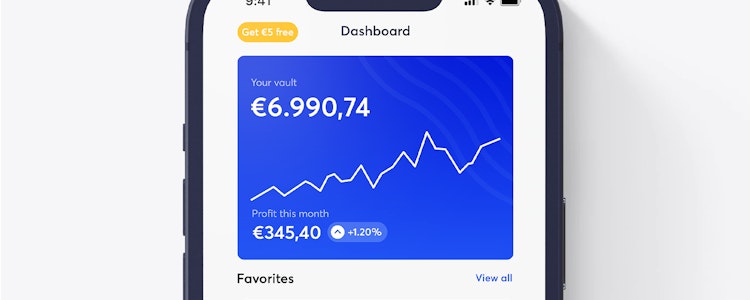News - Do fan tokens and social tokens still have a future?
By
Do fan tokens and social tokens still have a future?
Before the tidal wave of memecoins flooded the crypto market, there were similar cryptocurrencies: the so-called fancoins and social tokens. These projects, which built bridges to social media or major soccer clubs such as FC Barcelona and Paris Saint-Germain, sold their own cryptocurrencies. However, the brief hype during the corona pandemic quickly ebbed away. Today, the market for these types of tokens has become very quiet. Social tokens are being supplanted by memecoins, while major soccer clubs only play in the lower reaches of the crypto market. Why is it that the fame of big brands cannot be converted into capital in the crypto market? And is there still room for a comeback of these tokens?
The golden years of crypto
During the corona years, money was fairly easy to spend. A big beneficiary of this time was the crypto market. Bitcoin's market capitalization rose above a trillion U.S. dollars for the first time, NFTs were selling for millions of dollars, and the Metaverse seemed so attractive that Facebook decided to change its name. These were optimal conditions for fan coins.
In 2020 and 2021, many soccer clubs launched their own tokens. Lazio Roma, FC Barcelona, Paris Saint-Germain, and as one of the first, Juventus Turin, already released their own token in 2018. Partnerships for this were often formed with Socios or Chiliz, both blockchain platforms that are part of sports marketing-focused Mediarex, founded by British entrepreneur Alexandre Dreyfus.
Marketing clearly played a starring role in this. While stadiums and fan shops remained empty, tokens offered a quickly available financial injection. However, the counter value left much to be desired. Literally, because as an investment, fan tokens were not really meant to be.
Buyers were given certain rights such as participating in club voting. This is another reason why their success outside fan circles was probably not great on the crypto market. Paris Saint-Germain and FC Barcelona reached a market capitalization of nearly 100 million U.S. dollars with their tokens.
For clubs that brought in million-dollar deals in sponsorships, however, fan tokens remained at best a nice penny, even with generous revenues from initial token sales. A few golden crypto years were soon followed by hard years, some trends of which never recovered.
Fan Coins Today
A comeback of the projects seems hard to imagine today. The market capitalization of all fancoins is currently only 190 million U.S. dollars. Prices have never again reached the heights of the corona period. Losses of around 90 percent have since been the rule rather than the exception.
The concept of fan tokens seems to fail mainly because the connection to the real needs of fans and investors is small. For fans of the clubs, the tokens offer limited added value, and for investors they are simply uninteresting as an investment.
What about Social Tokens?
Another relic from a time when, by necessity, people moved closer together virtually are social tokens. Again, the idea is to attach exclusive rights to the tokens. Many social tokens arise in the context of blockchain-based social media and gaming platforms, but are also issued by individuals who use them for crowdfunding.
Unlike fan tokens, which might be considered "crypto-native," social tokens have never attracted much interest from investors. The total market value of all projects now stands at US$315 million, with UXLINK being the largest Web3-based social network. Again, recent developments speak volumes with share price losses around 90 percent.
While social tokens have the potential to appeal to a larger market segment due to the large overlap between gaming, social media and Web3, the market, meanwhile, has focused on memecoins, which have replaced social tokens to some extent. This is also where large networks are forming, and again, it can be about profiting from the success of a person, such as Donald Trump. Whether social tokens, which require much more engagement, will ever have a significant place in the crypto market, however, remains to be seen.






